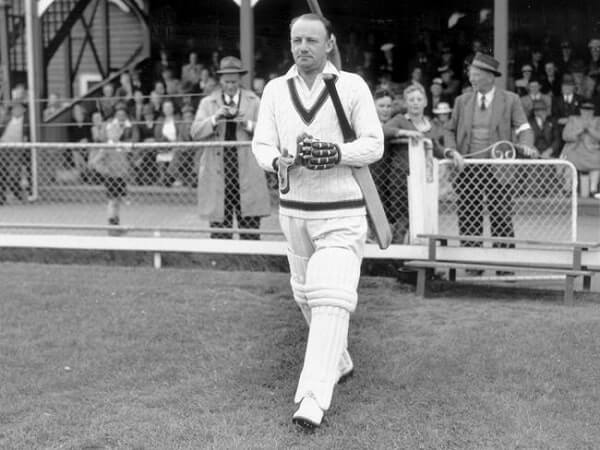In the Melbourne Test against South Africa last month Australia’s opening batsman David Warner (200 runs) outscored South Africa (189 runs all out) in the first innings.
This however, is not very rare in the history of the game.
In the T20 World Cup at the SCG last October, Glenn Phillips of New Zealand (104 runs) outscored Sri Lanka, 102 all out.
A year before in the August 2021 Headingly Test, England’s skipper Joe Root (121 runs) outscored India (78 all out). This is the third time Root has outscored opponents. In The Oval Test of 2014, he (149 not out) had outscored India in both innings (148 and 94). He had given the same treatment to Pakistan in the 2016 Manchester Test; stroking 254 as the opponents were bundled out for 198 and 234.
In the 2018 Lord’s Test, England’s Chris Woakes (137 not out) also outscored India in both innings (107 and 130).
And this is not rare either – one batsman outscoring the opponents in each innings. Root achieved this in the 2014 Oval Test and in the Manchester 2016 Tests, and Woakes in the 2018 Lord’s Test.

This has actually occurred no less than 82 times in the 144 history of Test cricket; Australia’s Don Bradman achieving it a record five times, and Sri Lanka’s Kumar Sangakkara four times.
It has been recorded twice each by England’s Len Hutton, Alastair Cook and Joe Root; Australia’s Matthew Hayden and David Warner; South Africa’s Hashim Amla; West Indian Gordon Greenidge, and Pakistan’s Javed Miandad. (Matthew Hayden’s feat is particularly worthy of mention – he stroked 380 runs against Zimbabwe (239 and 321) in the 2003-04 Perth Test.)
However, for a batsman to score more runs than 22 opposing batsmen plus sundries is indeed rare.
The first such instance was provided by Bobby Abel, England’s opening batsman way back in the 1888-89 Cape Town Test. He outscored 22 South Africa batsmen plus sundries with his 120 – South Africa could manage only 90 in two innings (47 and 43).
In the 1938 Oval Test in London, England’s opening batting maestro Len Hutton scored 364, then a Test record. Australia replied with 201 and 123, a total of 324 runs. (It may be pointed that Australia’s Don Bradman and Jack Fingleton were injured in the above Test and did not bat in both innings.)
Bradman scored 185 in the Brisbane Test against India in 1947-48. India responded poorly with 58 and 98, a total of 156. This was in the first ever Test between Australia and India.

Pakistan’s Inzamam-ul-Haq (329) thrashed New Zealand (73 and 246; a total of 319 runs) in the Lahore Test of 2001-02.
Five months later Australia’s batting great Matthew Hayden (119) smashed Pakistan (59 and 53, a total of 112) to smithereens in the 2002-03 Sharjah Test. This knock was remarkable because of the conditions; Pakistan was dismissed in both innings for a score that almost equaled the temperature!
In the 2004-05 Perth Test Australia’s opening batsman Justin Langer became the first batsman to outscore an opposition in both innings of a Test. He scored 191 and 97 runs. Pakistan was all out for 179 and 72. This is a unique achievement in Test annals. To rub salt to the wound, apart from Langer, Ricky Ponting (98) and Damien Martyn (100 not out) also outscored Pakistan (72) in the second innings of the above Perth Test as Australia was triumphant by 491 runs.
In the 2015-16 Hobart Test, Australia’s Adam Voges (269 not out) outscored the West Indies (223 all out) in the first innings. His batting partner in Australia’s only innings, Shaun Marsh (182), scored more runs than the Windies total of 148 in the second. The fourth wicket stand of 449 runs between Voges and Marsh was 78 runs more than the West Indies total 371 in both the innings.
In the 1945-46 Wellington Test, Australia’s two batters Bill Brown (67 runs) and Sidney Barnes (54) outscored New Zealand’s total of 42 in the first innings. They came close to doing so in both innings as the Kiwis were bundled out for 54 in the second innings.
But this recurred in the Bulawayo Test in 2003-04 when Sri Lankan batters Marvan Atapattu (249) and Kumar Sangakkara (270) outscored Zimbabwe’s totals of 228 and 231.




